Federal Reserve Maintains Rates Steady Amid Signs of Slowing Inflation
On June 12, the Federal Reserve voted unanimously to maintain the federal funds target range at 5.25%–5.50%, a decision fueled by recent economic data suggesting inflation is finally decelerating after months of stubborn stickiness. The move marks the seventh straight meeting with no change in rates, but Fed Chair Jerome Powell signaled growing confidence that the central bank is on track to hit its 2% inflation target—albeit not immediately.
“We’ve seen modest improvements over the last quarter, but we are not there yet,” Powell stated during his press conference. “We need more consistent data before considering rate cuts.”
Consumer Price Index Shows Easing Pressures
The latest Consumer Price Index (CPI) report, released on June 11, showed headline inflation slowing to an annual rate of 3.2% in May, down from 3.6% in April. Core inflation, which strips out volatile food and energy prices, also eased to 3.4%, its lowest level since early 2022.
Key declines were seen in used vehicle prices (down 1.8% month-over-month) and airline fares (down 0.6%). However, shelter costs—particularly rents—remained elevated, rising 0.5% in May, continuing to put pressure on household budgets.
Market Reaction: Stocks Rally, Bond Yields Dip
U.S. equity markets rallied sharply following both the CPI report and the Fed decision. The S&P 500 closed up 1.7% on June 12, while the tech-heavy Nasdaq added 2.3%—marking a new all-time high. Investors cheered the cooling inflation data and viewed the Fed’s steady-hand approach as a positive signal for economic soft landing prospects.
Meanwhile, the benchmark 10-year Treasury yield fell 11 basis points, closing at 4.21%—its lowest level in three months. This relief in yields suggests bond markets are pricing in at least one rate cut before the end of 2025, despite Powell’s cautious tone.
Personal Finance Shifts: Americans Recalibrate Spending, Save More
Retail sales data for May showed a surprising contraction of 0.2%, reflecting more cautious consumer behavior amid high interest rates and fading pandemic savings. Categories like electronics and home furnishings saw sharp pullbacks, while essential goods—like groceries and healthcare—remained steady.
“Consumers are becoming discerning, especially low- to middle-income households who are feeling the pinch of elevated rents and credit card APRs above 20%,” said Dana McMillan, Chief Economist at MarketLens Advisors. “We’re seeing a rotation away from discretionary splurges toward value-driven spending.”
Supporting this shift, U.S. personal savings rates ticked up to 5.1% in May, the highest since March 2023, as Americans brace for a possibly longer “higher-for-longer” rate environment.
Key Takeaways for Everyday Consumers
- Credit costs remain high: Variable APRs on credit cards average 20.9%, pressuring borrowers to pay down debt.
- Mortgage rates still elevated: 30-year fixed mortgage rates hover around 6.8%, though they may moderate later in the year if rate cuts materialize.
- Better yields on savings: High-yield savings accounts and CDs still offer returns above 4.5%—an opportunity for savers.
Looking Ahead: What’s Next?
While the Fed’s tone this week was measured, markets expect the central bank to pivot to at least one rate cut later this year. Futures contracts tracked by the CME FedWatch tool show a 68% probability of a 25 basis-point cut by December 2025.
But much depends on upcoming economic data, particularly from the labor market. Job growth remains strong, with 272,000 jobs added in May, and wage growth still above 4% year-over-year. That complicates the Fed’s calculus and means consumers should expect this balancing act to continue through the second half of the year.
Stay current with our weekly briefing on financial markets and consumer economics every Friday morning.

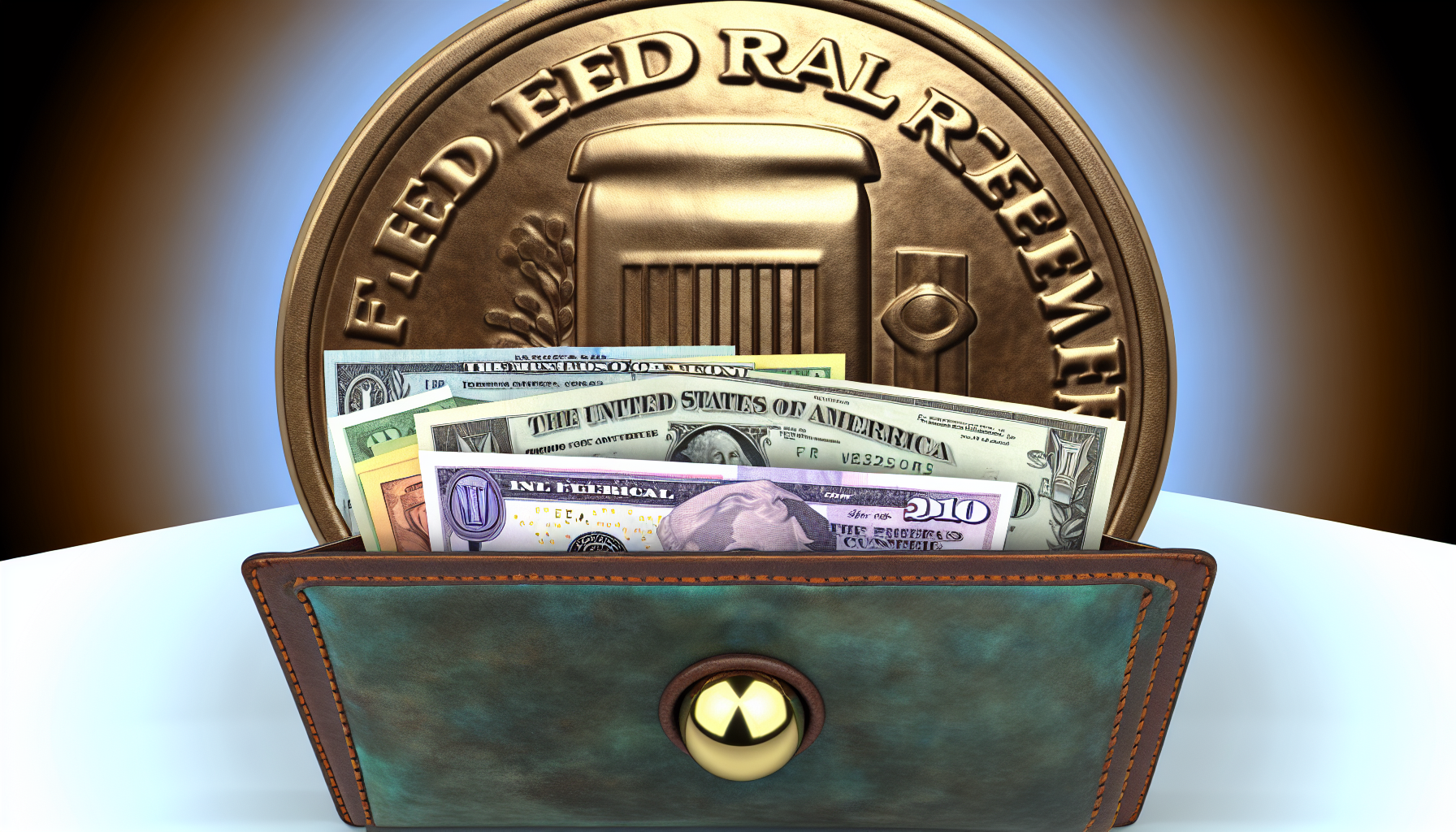

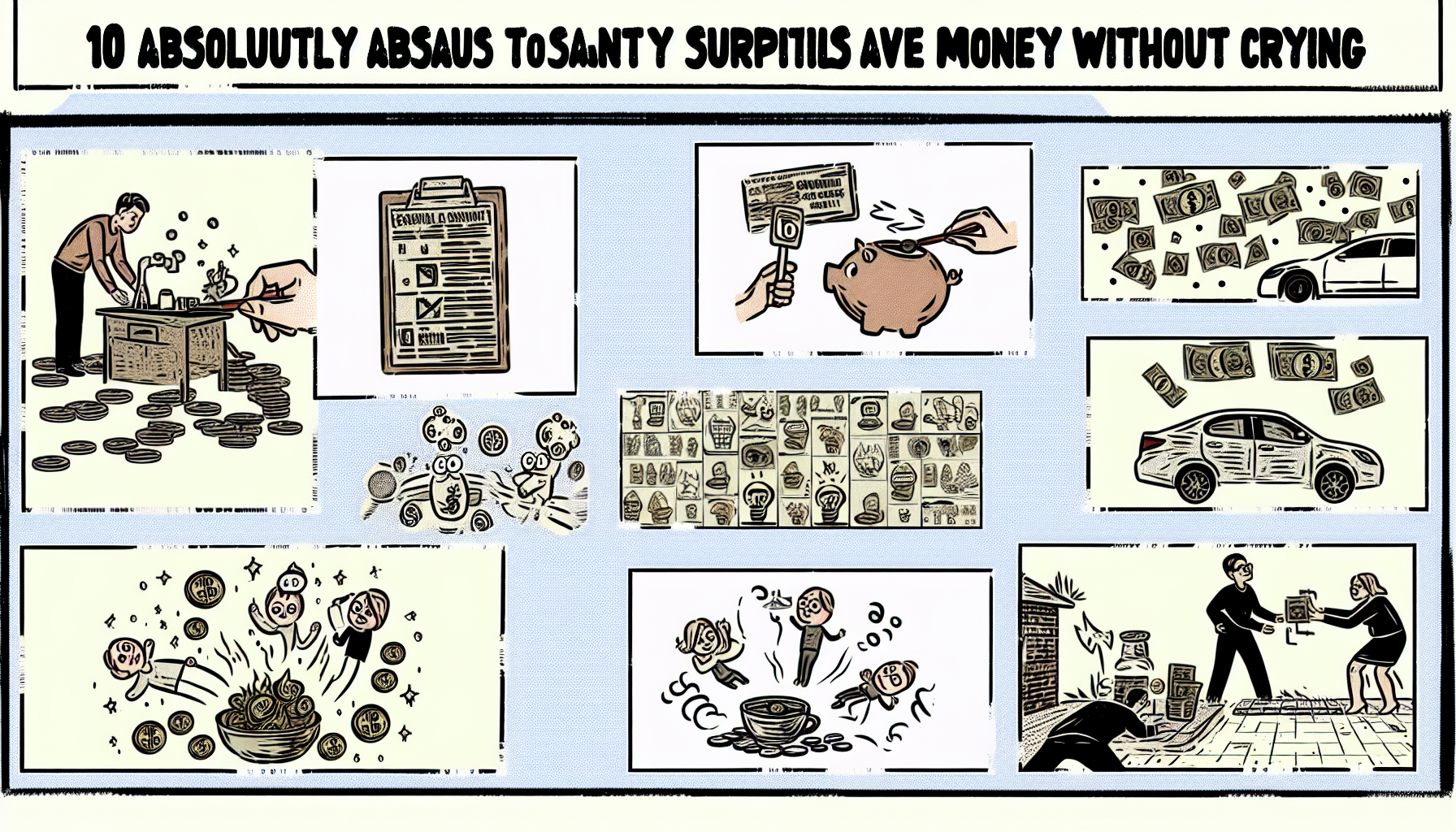






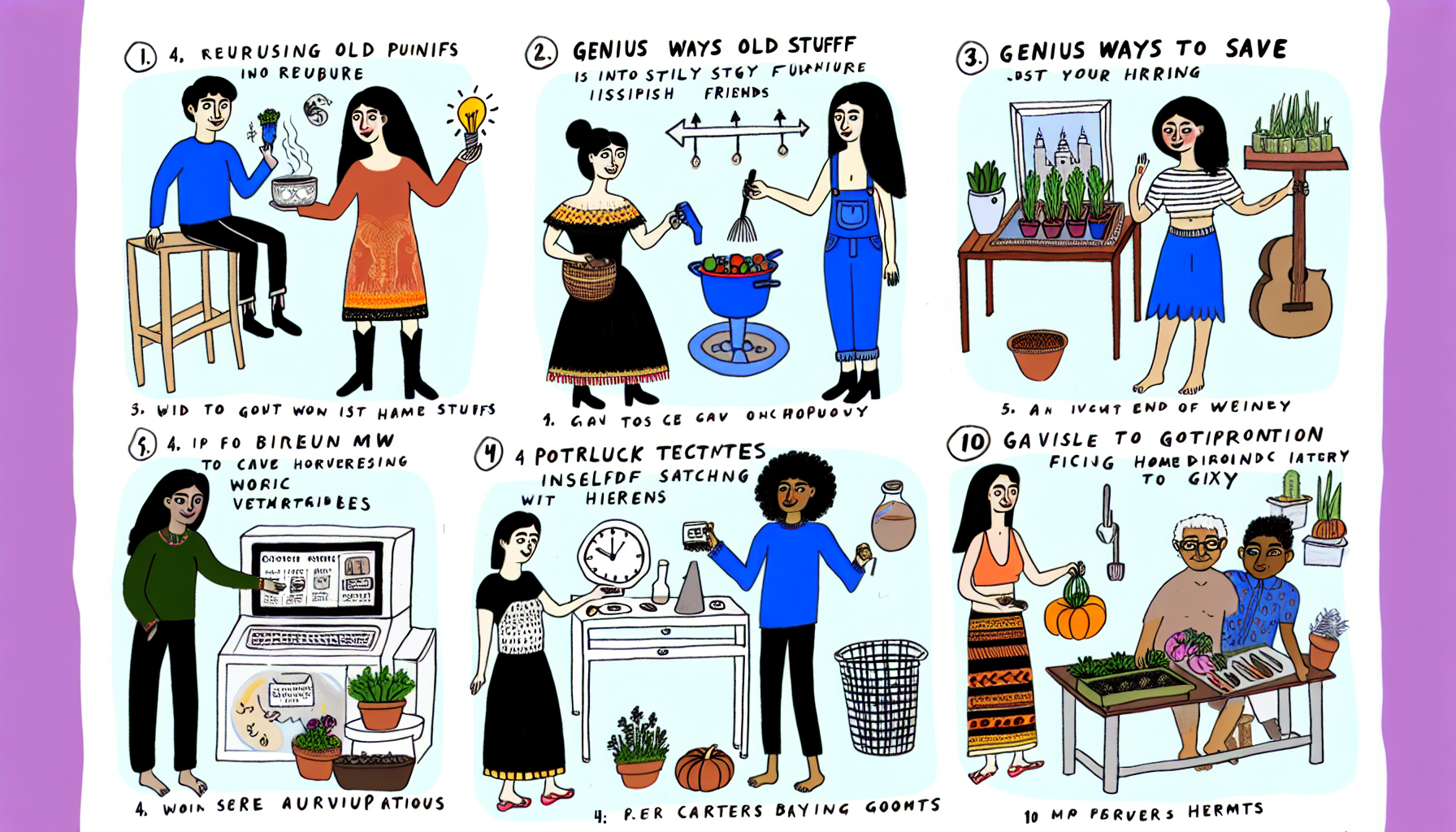
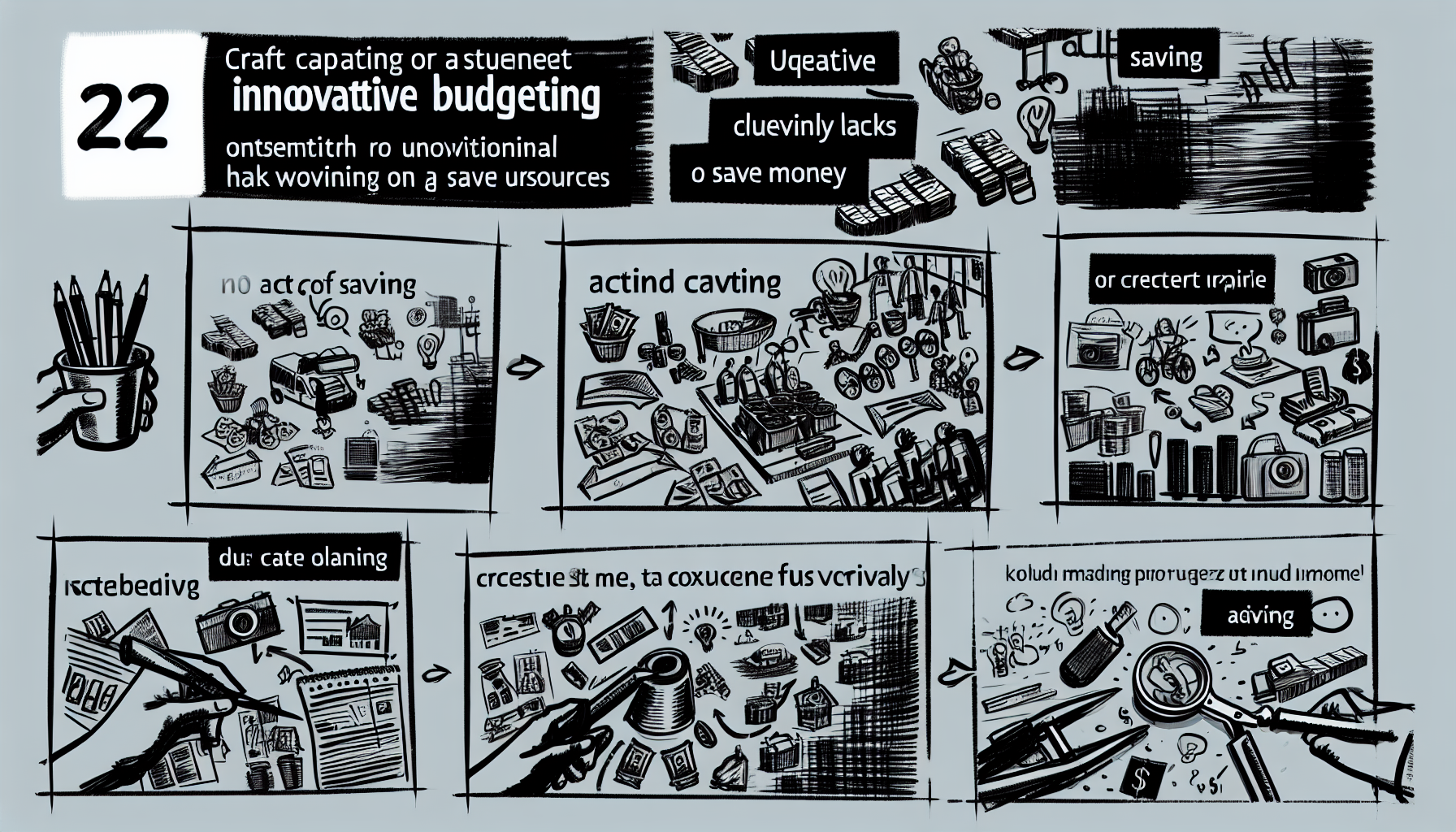



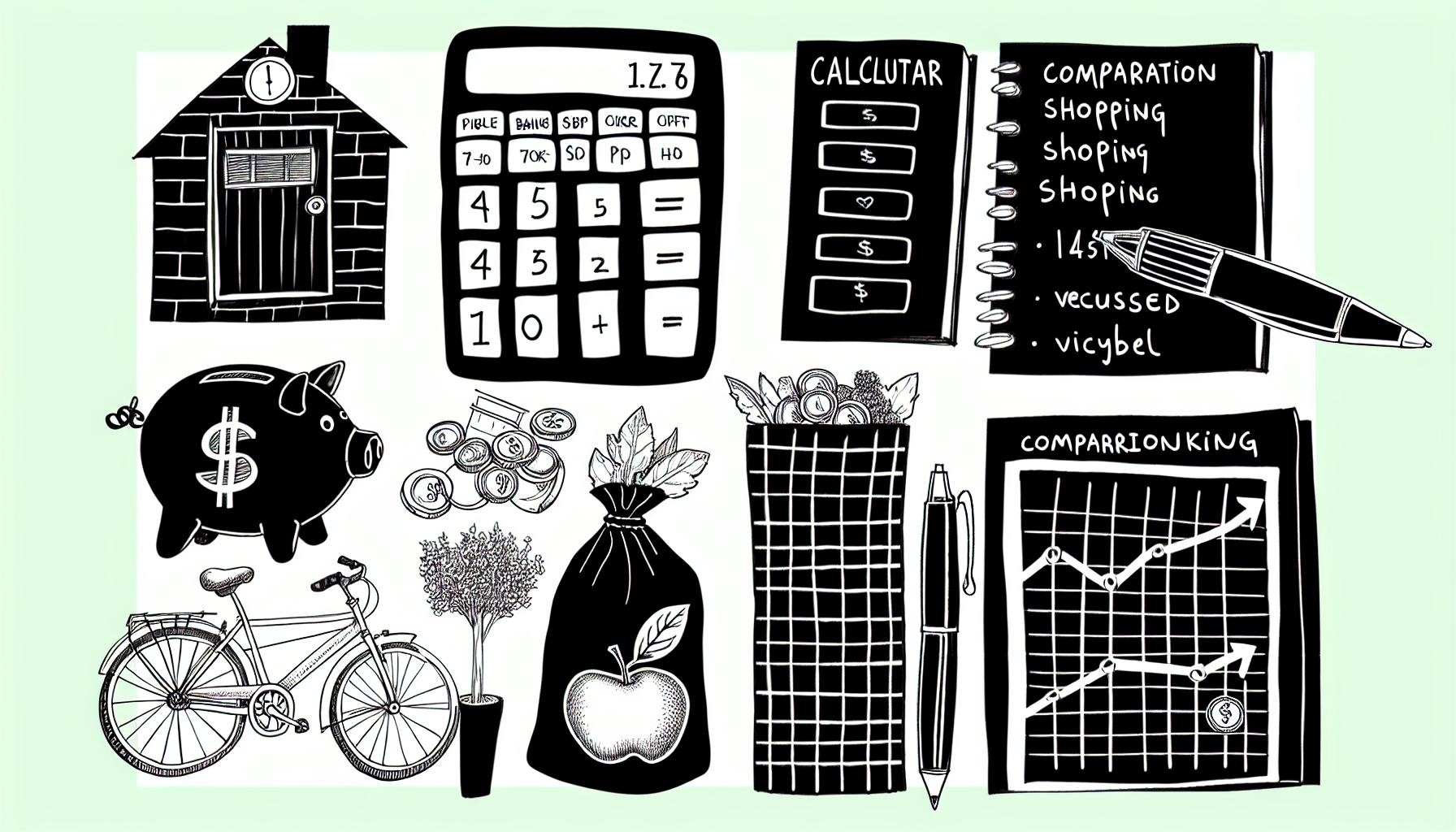





Leave a Reply